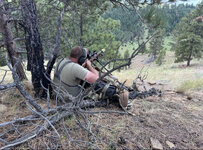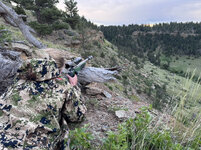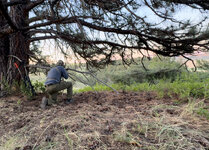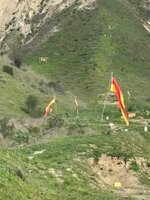It's not complicated, I don't really see how you're getting hung up on the 100 yards versus 1/3rd. I really kinda thought your reply to me was just being funny.
It should be common sense looking at the graphs in the links I provided. In any situation where the area between the shooter and the target is broken into equal segments, and the wind is constant, the segment nearest the shooter has the highest impact on the bullets ultimate POI. If you want to do 100 yard segments, then the first 100 is the most important. If you want to look at 3rds or 4ths, the first is the most important.
Seems a little silly to say "well aktshually on a 1000 yard shot the last 35,999" are more important than the 1st inch from the muzzle, hur hur" doesn't it???
It should be common sense looking at the graphs in the links I provided. In any situation where the area between the shooter and the target is broken into equal segments, and the wind is constant, the segment nearest the shooter has the highest impact on the bullets ultimate POI. If you want to do 100 yard segments, then the first 100 is the most important. If you want to look at 3rds or 4ths, the first is the most important.
Seems a little silly to say "well aktshually on a 1000 yard shot the last 35,999" are more important than the 1st inch from the muzzle, hur hur" doesn't it???




